
Have bad data? Bad data management? Looking to build a new website? There is no better time for a data overhaul than when you are preparing to build or upgrade to a new website. Overhauling your data, whether it be product data, customer data, or any other entity for that matter, is no small undertaking and without a comprehensive and proven method for effective data modeling, things could go from bad to worse.
Binary Anvil’s comprehensive data model process facilitates the organization and standardization of data across your website(s). We like to think of this process as “building the house that your product data will live in” and no one wants to live in a house that is not up to code or was built using shoddy construction techniques. At Binary Anvil, we analyze your product categories, attribute sets, and product attributes and to provide a document highlighting your current state alongside recommendations for improvement both from a customer interaction with the website perspective and from a product data management perspective.
This exercise includes creation and/or consolidation of categories, attribute sets, and attributes, establishes consistent attribute naming conventions, merging like attributes to help reduce the number of attributes overall and unused values with the intent to optimize your data for ease of management by your internal team and by the most important entity, your customers.
Step one is to map out your product category structure. Creating an effective category structure for your catalog of products takes thought, research, and analysis. Each industry has a constantly evolving set of best practices based on marketing insights and an acute understanding of customer-based patterns and preferences. Binary Anvil puts in the time to understand your industry and the way your customers shop.
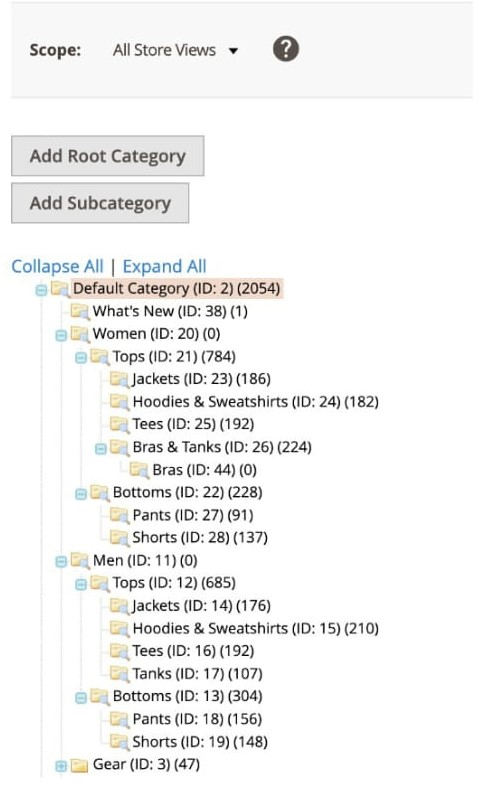
Step two addresses a critical component to your product catalog when it exists in Adobe Commerce (Magento 2): attribute sets. Attribute sets are essentially bins of attributes that apply to families of products or product types. They not only help organize your attributes from a data management perspective, but they also assist with the performance of your website by controlling the number of attributes and attribute values that must be indexed when a customer is browsing, filtering, or searching your site for a particular product.
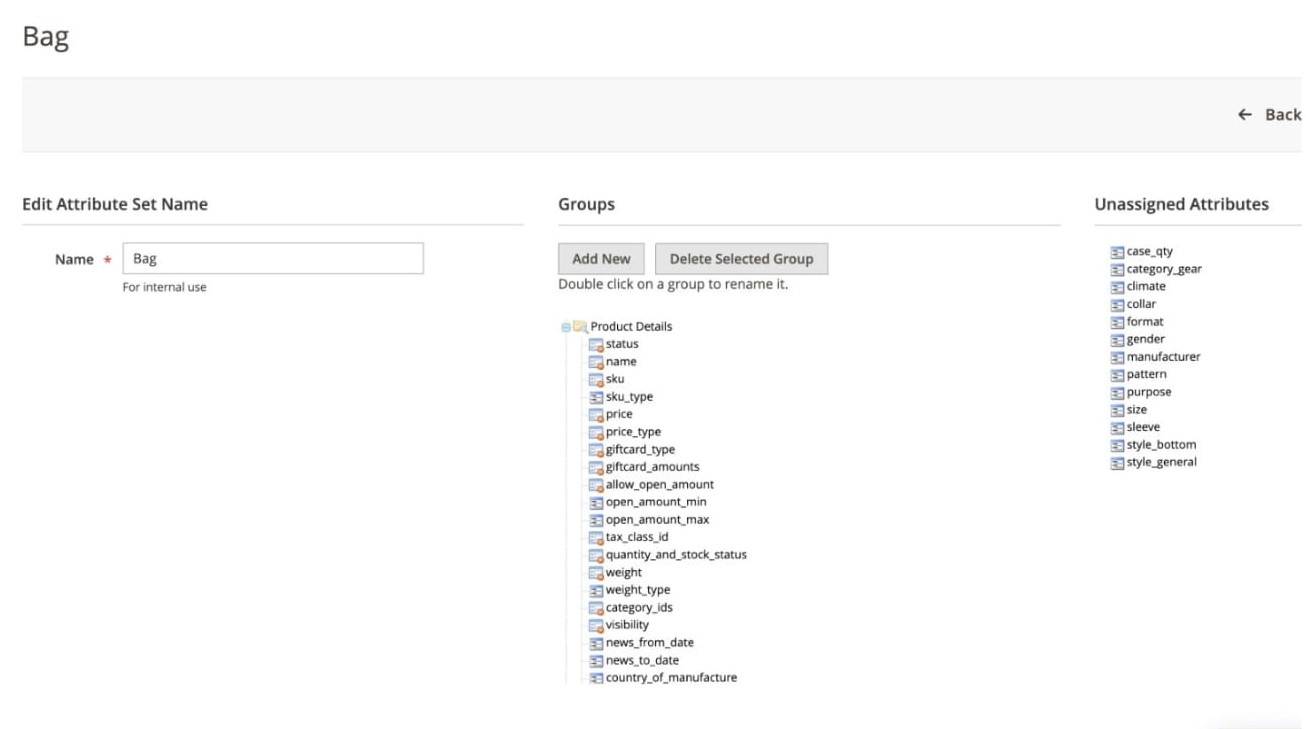
Determining the number of attribute sets your catalog needs and balancing that with catalog management capacity can be a daunting task, but an important one that is not necessarily an exact science. Lining your attribute sets side by side and comparing them can be a great exercise for determining if you have what you need. If you see multiple attribute sets containing the same attributes or most of the same attributes, this is an indicator that some of your attribute sets can be merged. On the flip side, if you have attribute sets that have a larger number of attributes than most of your other attribute sets, this can be an indicator that these attribute sets should be split out into additional attribute sets.
Step three deals with Attributes. Cataloging your attributes is critical to establishing a solid data model. This is not as simple as just listing out your attributes. Each attribute in Adobe Commerce has a plethora of configuration options. From types to labels to how the attribute is used on the website, each configuration option must be fleshed out to ensure the attribute behaves the way it is intended on either the backend, the frontend, or both.
Understanding how your attributes are going to be used is critical to configuring your attributes appropriately. You must ask yourself a series of questions about each of your attributes. What is the scope of this attribute? Store View? Website? Global? Do I want values to be required for this attribute? Do I want this attribute used as a filterable attribute in the layered navigation? Do I want this attribute to be visible on the product page? How about the Compare Products page? Do I want it to be searchable? And if so, do I want it to have more searchable weight than other searchable attributes? The list goes on. Sounds like quite the endeavor, but Binary Anvil is here to walk you through this process every step of the way.
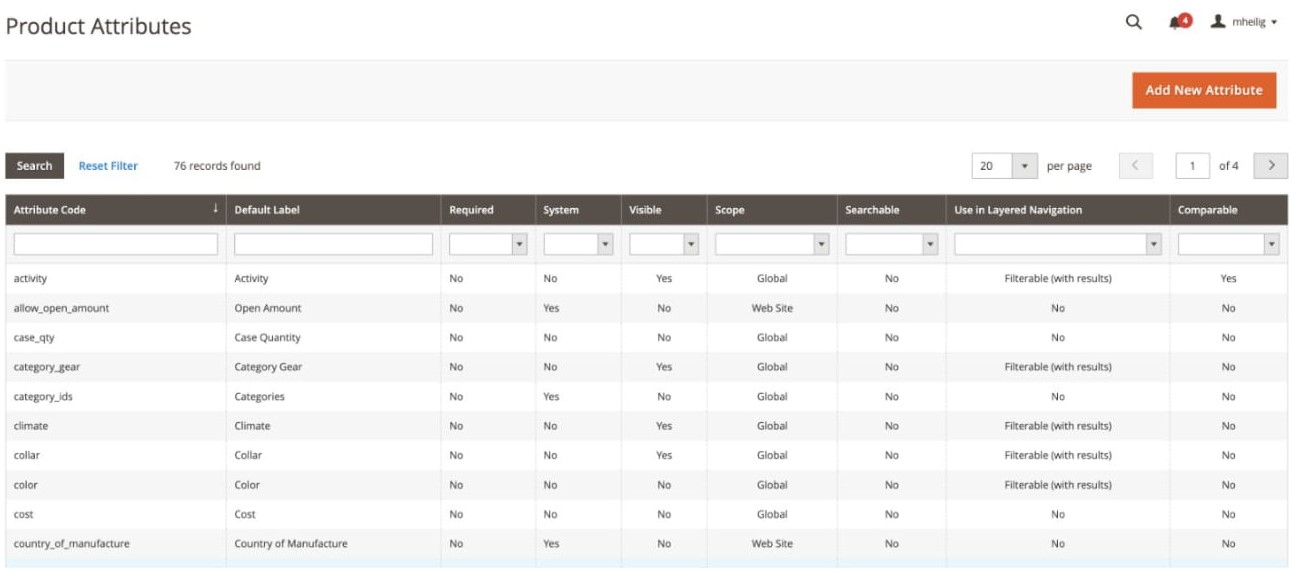
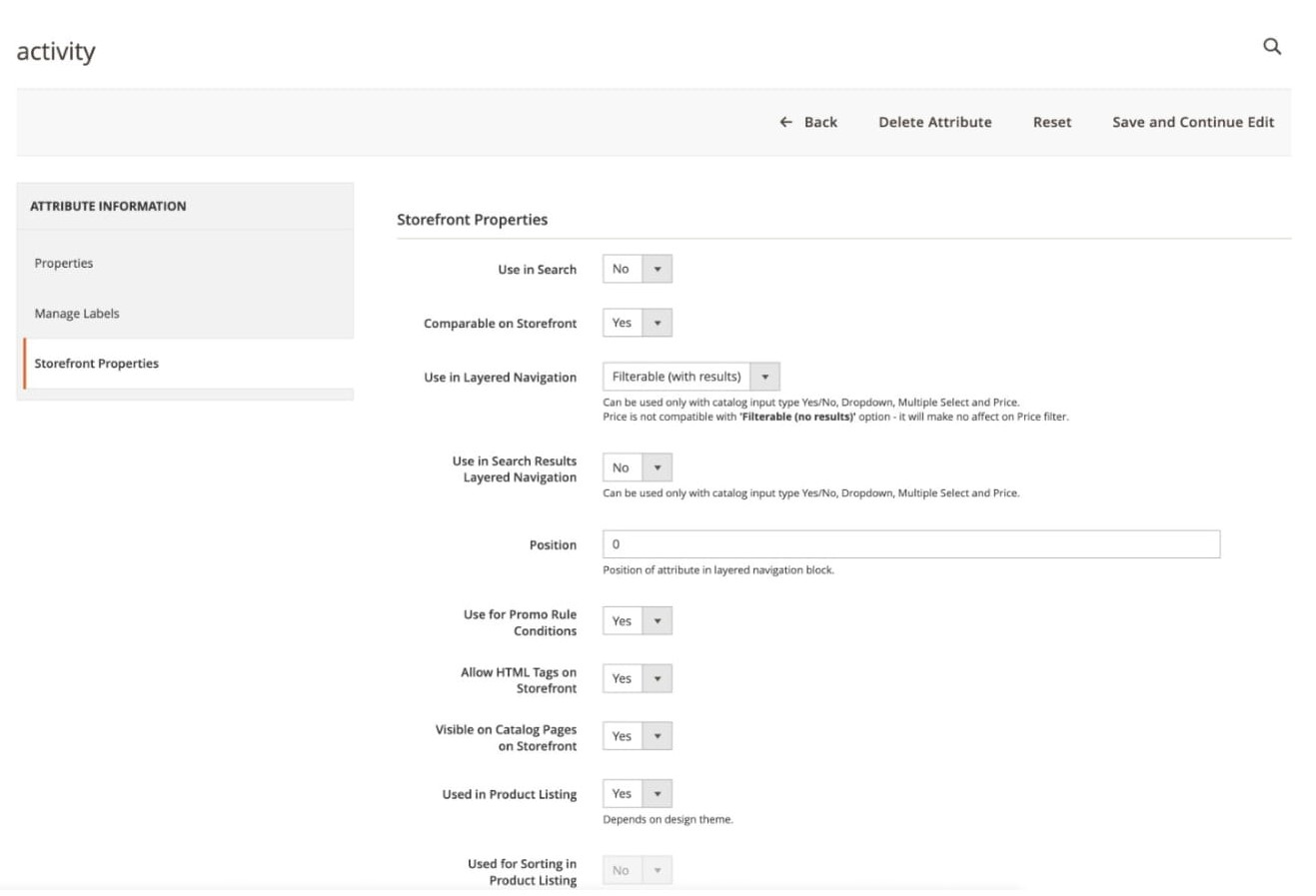
Step four will look at attribute sets with attributes. This step starts to show you what the house you are building for your data is going to look like. We line up each of your attribute sets and assign attributes to them. Global attributes first. Global attributes are attributes that will be assigned to all your attribute sets. Think price, weight, color, sku, etc. Once complete, we move on to set specific attributes. These attributes are specific to the product types that these attribute sets will be assigned to. If you have an attribute set named batteries and chargers for instance, a set specific attribute might be “capacity”.
As your attribute sets with attributes begin to take shape you will be able to identify areas where maybe your attribute sets can be consolidated or where an attribute set with many attributes can be broken out into additional attribute sets. Thorough analysis at this stage can make a significant difference for the future of your site as it relates to data management and maintenance as well as aspects of performance.
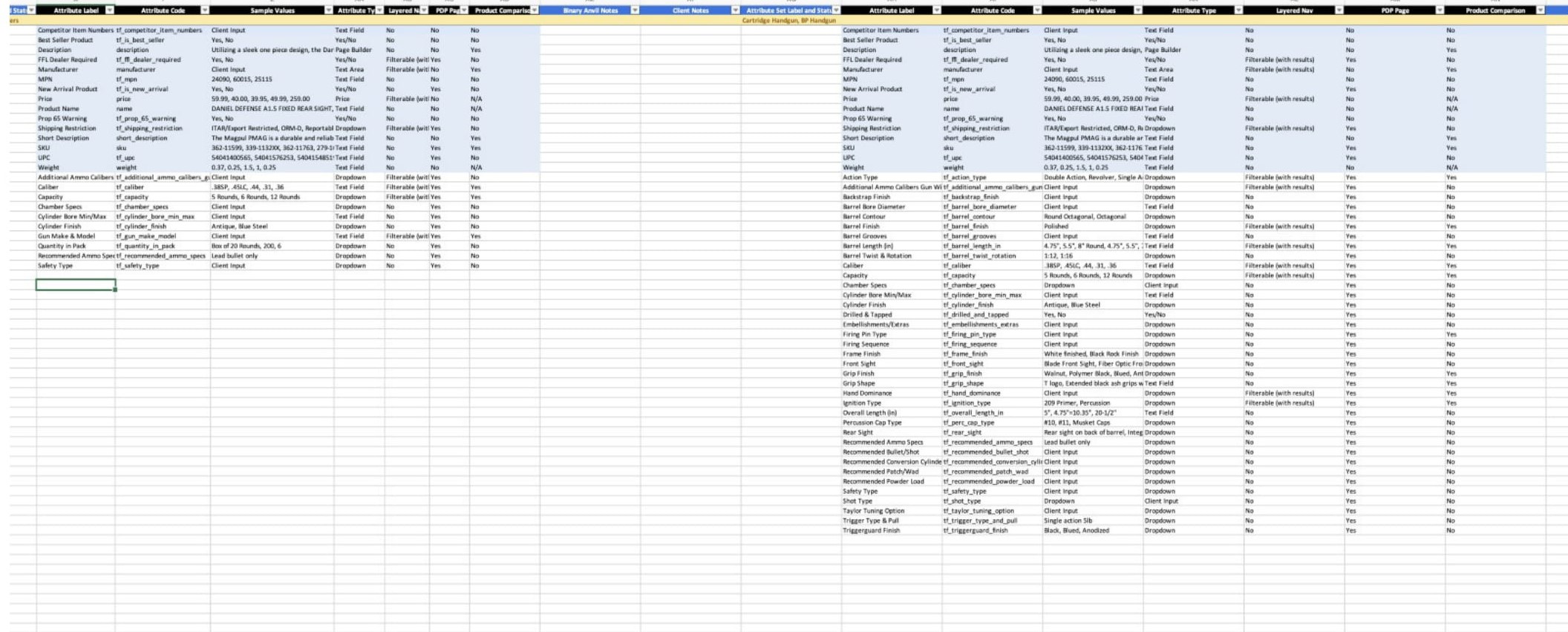
Once this step is finalized, it is time to configure Adobe Commerce and finish the construction of your new data house. All the work we did refining your data model is now our guide to set up your categories, attribute sets, and attributes within the Adobe Commerce admin panel. Once this step is complete, we can begin creating your products on your new website.
In summary, having bad data is not a unique problem and having the time to clean your data up yourself is not necessarily realistic for some clients. So, if you find yourself getting ready to build a new website or upgrade an existing one, this is the perfect time to get Binary Anvil’s expert data team involved to assist with this endeavor. We will go the extra mile to ensure that your data cleanup mission goes smoothly and leave you with a catalog structure that is both easy to manage and enhances your customers' ability to navigate your catalog with ease.
